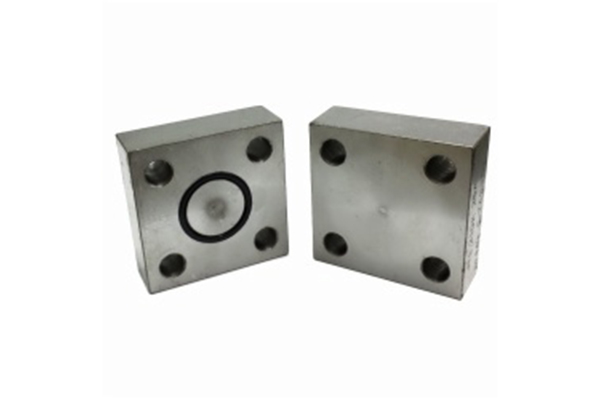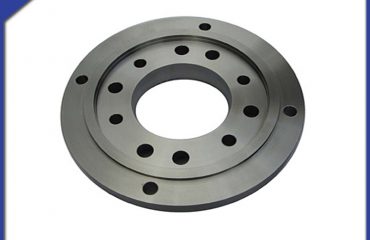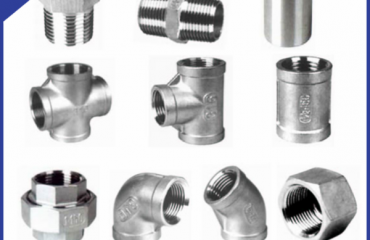
The processing technology of Special Flange is generally as follows:
Raw material preparation
Select raw materials such as steel according to special requirements, test their hardness, composition and other indicators to ensure compliance, and obtain the approximate shape of the billet through cutting and cutting.
Forming processing
Forging: Heat the billet to a suitable temperature range, forge it using equipment such as air hammers, and shape it into a preliminary flange shape through processes such as upsetting and elongation. After forging, cool it naturally.
Casting: For special flanges with complex shapes, molten metal is poured into the mold and cooled to solidify into flange blanks.
heat treatment
Annealing, normalizing, or quenching the formed flange to eliminate stress, refine grain size, improve strength and toughness, and other properties.
machining
Rough machining: Use a lathe to rough the outer circle, inner hole, and end face, mill the sealing surface and bolt hole distribution circle with a milling machine, and reserve precision machining allowance.
Precision machining: Refine each part to ensure accuracy, drill holes with a drilling machine, bore special inner holes or sealing surfaces with a boring machine, and perform tapping machining if necessary.
surface treatment
Usually, rust removal operations such as sandblasting are carried out, followed by anti-corrosion treatments such as galvanizing, nickel plating, and painting according to the usage environment. Special treatments such as nitriding may also be used to improve performance.
Inspection and Packaging
Ensure product qualification through visual inspection, dimensional measurement, and performance testing, then proceed with assembly and packaging, selecting appropriate packaging materials and labeling for transportation and storage.
 Language
Language Espanol
Espanol English
English Italian
Italian عربى
عربى
 Skype: chinamaker99
Skype: chinamaker99  Tel: 86-316-5120812
Tel: 86-316-5120812 Email:
Email:  Whatsapp:
Whatsapp: 
